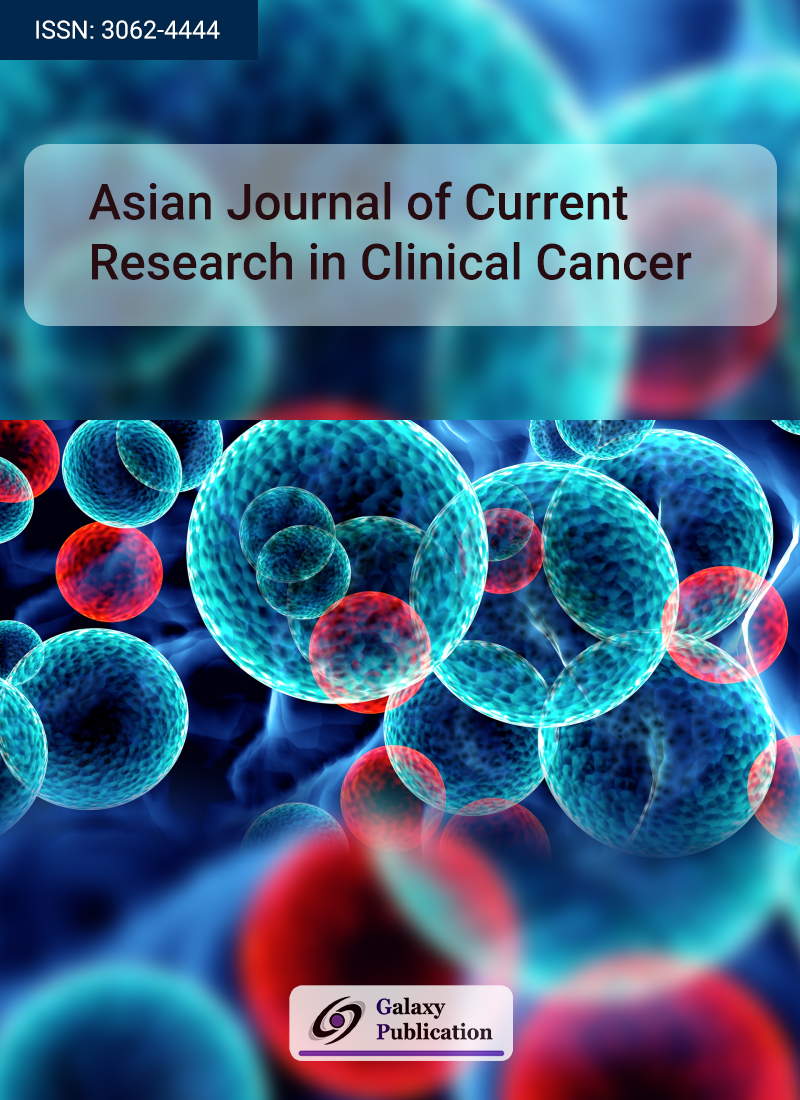
Currently, over 2,500 chemical compounds are used in food production, primarily to extend shelf life and improve sensory qualities. However, some of these substances— especially toxic ones—can unintentionally contaminate food through packaging materials or technological additives. The presence of residual toxicants and industrial pollutants in food poses a significant health risk and can contribute to the development of cancer. Persistent organic pollutants such as organochlorine pesticides, polychlorinated biphenyls, and by-products of industrial and combustion processes— such as dioxins and furans—are especially concerning. One of the most hazardous among them is the γ-isomer of hexachlorocyclohexane (C6H6Cl6), an organochlorine pesticide. In its pure form, hexachlorocyclohexane is a hydrophobic white crystalline powder with remarkable acid resistance. It is now well established that this compound is a polytropic toxin, primarily targeting the central and autonomic nervous systems of mammals. Though once widely employed in agriculture for pest control, the use of hexachlorocyclohexane has since been globally prohibited. This article reviews the effects of hexachlorocyclohexane on human health.